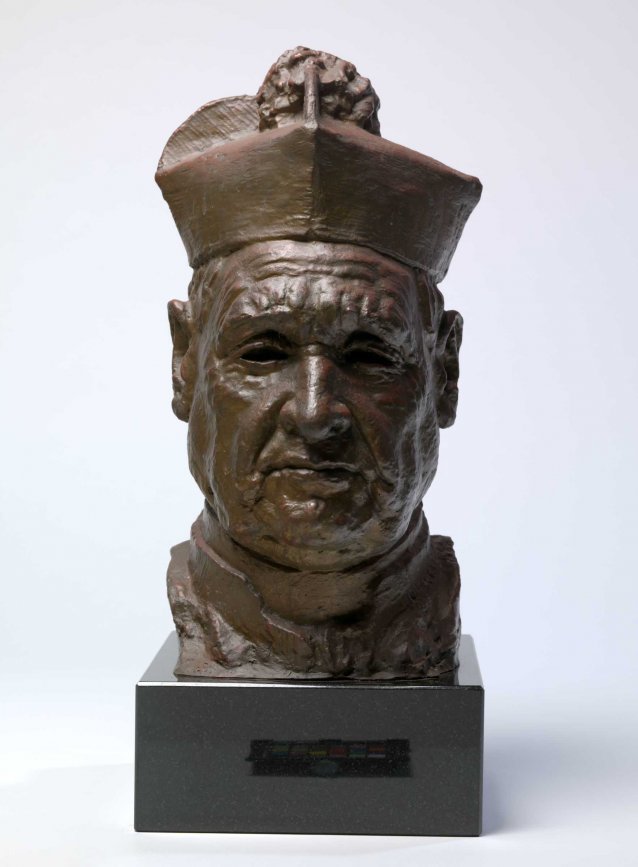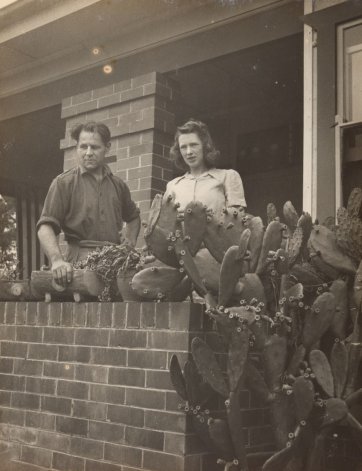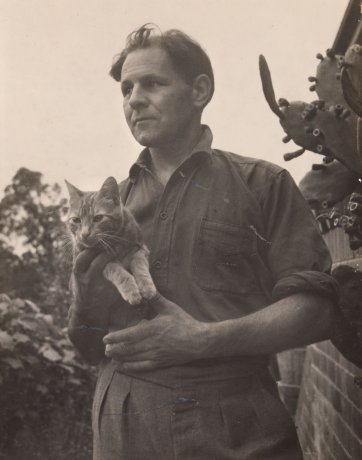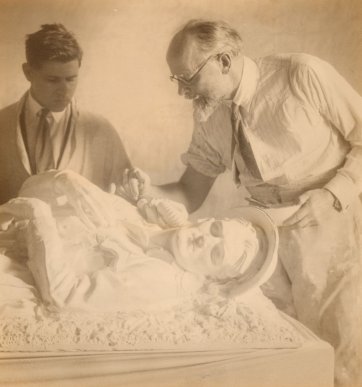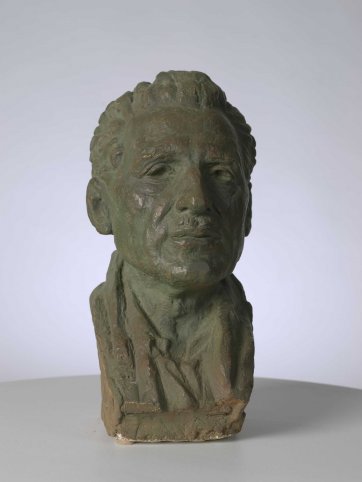Michael Kelly (1850-1940), Roman Catholic archbishop, was born and educated in Ireland before proceeding to the Irish College in Rome. He was ordained in late 1872, and spent the next twenty years attached to the House of Missions in Wexford, south-east Ireland. There, he campaigned to suppress intemperance, inspiring the formation of the Pioneer Total Abstinence Association of the Sacred Heart in 1901. In 1891 he was sent to the Irish College in Rome; he became its rector in 1895. In 1901 he was brought to Sydney, on the understanding that he would succeed Cardinal Moran as archbishop of Sydney. The brilliant and energetic Moran treated him contemptuously for the next ten years, until he died at the age of 81 and Kelly succeeded to the see. His biographer Patrick O’Farrell wrote that Kelly’s ‘piety . . . was narrow, austere and rigidly disciplined, emphasising mortification,’ and at the age of 61, Kelly had little to bring to his office except his personal holiness. His continuous internal struggle left no room for public relations and he was perceived as frigid and insensitive; ‘he regarded the daily affairs of men, social problems and the like, as vanities and trifles, distraction from the crucial business of holy living.’ Suspicious of the universities and of intellectual life, he either took a conservative position on, or did not understand, World War I, the Irish rebellion, the conscription issue, the social upheaval of the 1920s, the Depression (to those faced with the catastrophe of unemployment, he recommended Christian resignation), and the outbreak of World War 2. Instead he focused on maintaining Catholic canon law, for example, on mixed marriages; and creating a fortress against Protestantism in general. The apogee of his career was the International Eucharistic Congress in Sydney in 1928, which coincided with the completion of Moran’s great project, St Mary’s Cathedral (in the crypt of which Kelly was to be interred, and by the steps of which stands his statue by Bertram Mackennal). In 1922 the outstanding scholar Michael Sheehan became his coadjutor bishop, cum jure successionis, but he, like Kelly before him, had to wait interminably for the promised job; although a saintly and popular man, as well as a thoughtful one, he sensed that Australian Catholics yearned for an Australian-born bishop, and after fifteen years in the shadows he resigned and returned to Ireland. When Kelly finally died, at 90, Norman Gilroy succeeded him. ‘By virtue of longevity and the limitation of his own perception, Kelly carried well into twentieth-century Catholic New South Wales the attitudes and style of nineteenth century clerical Ireland,’ O’Farrell concludes. YouTube footage of Kelly’s funeral provides an astounding insight into the might of Catholicism in Sydney in 1940.
The information above is drawn substantially from Patrick O'Farrell, 'Kelly, Michael (1850–1940)', Australian Dictionary of Biography, National Centre of Biography, Australian National University, http://adb.anu.edu.au/biography/kelly-michael-6920/text12009, published first in hardcopy 1983, accessed online 11 July 2017.
Collection: National Portrait Gallery
Purchased 2015
© Arthur Murch/Copyright Agency, 2022
The National Portrait Gallery respects the artistic and intellectual property rights of others. Works of art from the collection are reproduced as per the
Australian Copyright Act 1968 (Cth). The use of images of works from the collection may be restricted under the Act. Requests for a reproduction of a work of art can be made through a
Reproduction request. For further information please contact
NPG Copyright.
